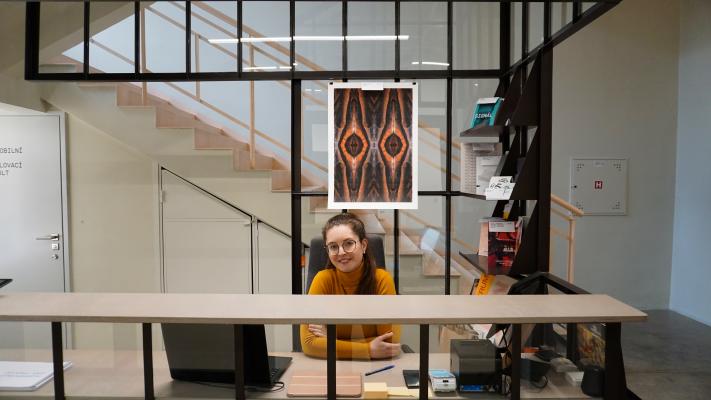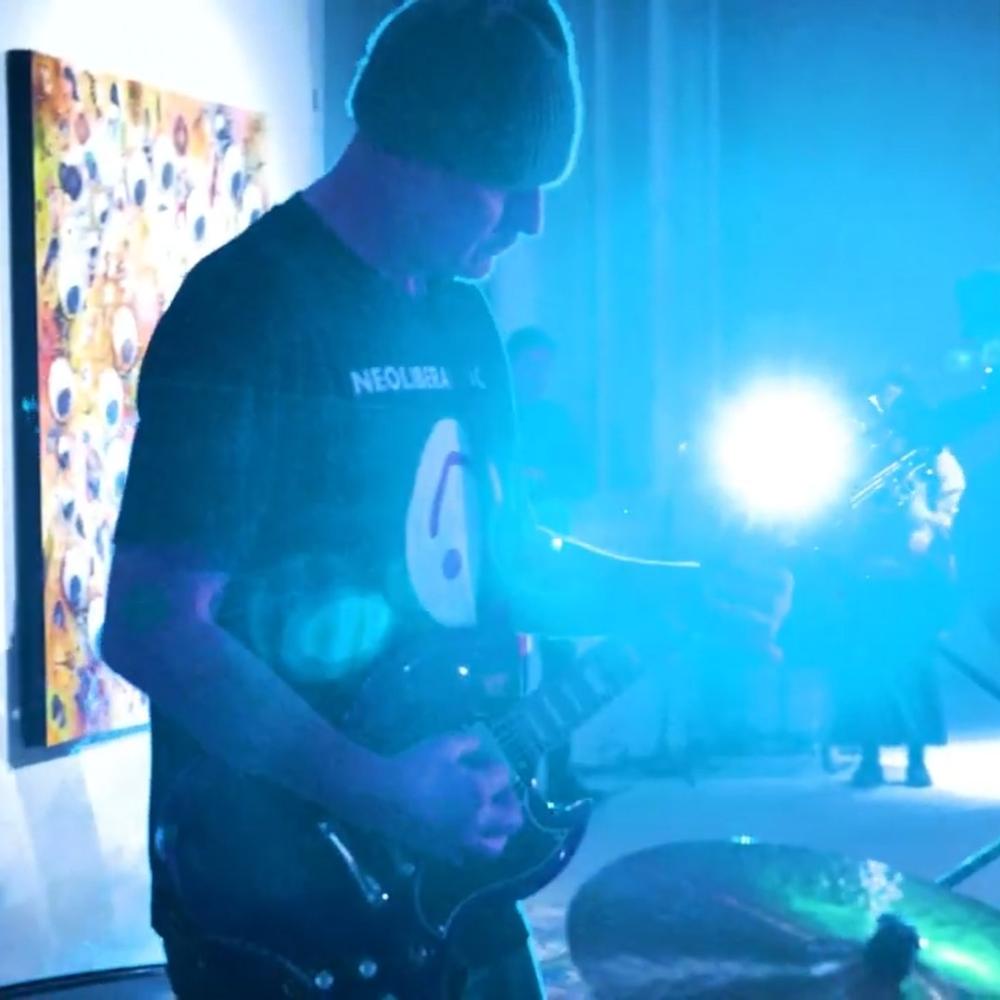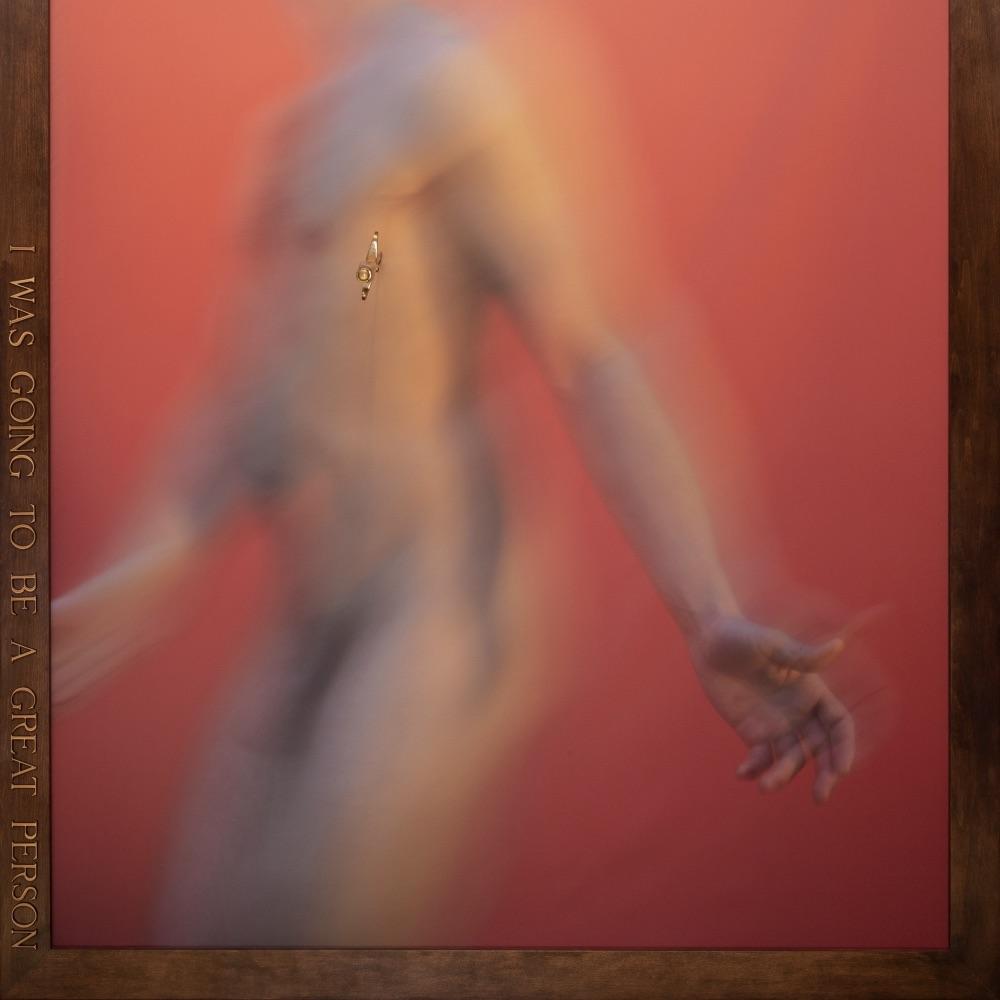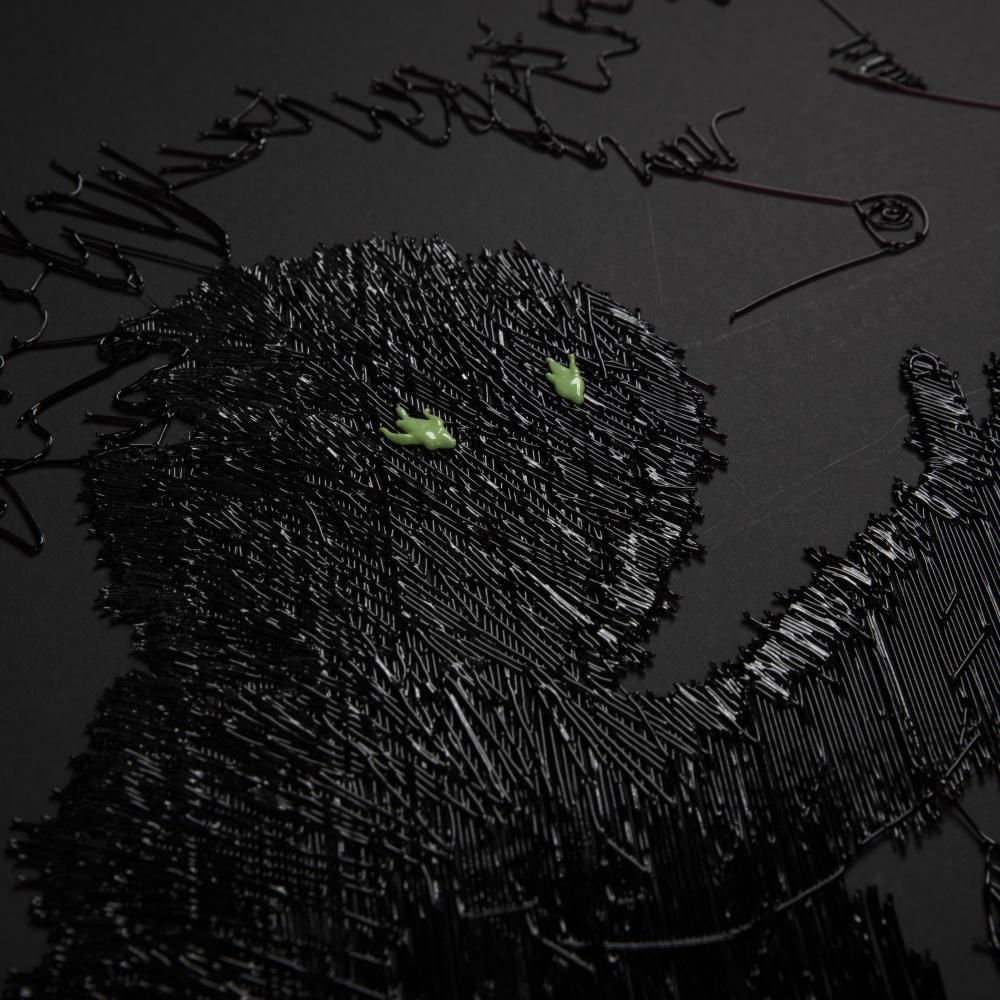
Did you know you can do a work experience placement at the Telegraph? During 2022, we had several exchange students try their hand at gallery work or production. You can find out how exhibitions are installed and de-installed, hone your skills in writing articles and interviewing artists, or help with minor graphics and proofreading. And some have even tried their hand at both! Read a short interview with one of our interns, Jana Růžková.
Internship in a cultural institution is a fairly common assignment in both high school and college. Why did you choose the Telegraph?
I chose the Telegraph because it is a private institution where there is a mix of gallery activities, musical productions, and accompanying cultural programming in the form of lectures, discussions, cinema, and much more. From a production point of view, it is a very broad field of activity. My intention is to try something from everyone.
How did your internship go? What was the focus of it?
It's still ongoing, essentially. While I am studying, I am also going to work, so coordinating all the activities is challenging and I am doing the internship in stages. My current workload is partly production, where I help with proofreading text, proofreading material, and a little bit of graphics. I'm interested in what it entails when it's screened in a cinema and so on. I'd like to spend the second half of the internship focusing more on gallery work, which I've only gotten a glimpse of so far. But as I mentioned, coordination is more challenging.
What would you say was a completely new experience in your internship?
A completely new experience for me was interviewing Telegraph artist-in-residence David Krňanský. From drafting the questions, meeting in person and then working it all out to sending it off for proofreading.
Was there anything you found particularly challenging?
Mostly coordinating time. To balance work, school and practice.
In January 2023 you did a project that was unusual in its production arrangements. You created an exhibition in the persona of artist, curator and producer. What was that experience like? Did you apply any lessons learned from your internship?
This project is directly my thesis work and is still ongoing. I'm in the research phase, where I plan on shadowing Telegraph Gallery producer Erika Kovacic's day job. I am compiling questions that interest me and that relate directly to the project. I'm clarifying the artistic intent, etc.
During your time at the Telegraph, the gallery has had an exhibition of Danish painting, Lazy 8, and a group show, Brave World. How do you rate these exhibitions and your time at the gallery?
I don't have a great overview of the Scandinavian art scene and the Lazy 8 exhibition was an opportunity to expand my awareness. I like the term spontaneous abstract painting. The paintings made me walk around and stop all the time. It was hard to leave. I was more fascinated by the technique of using paint than the content itself. The Brave World exhibition intrigued me from a curatorial point of view. Tevž Logar worked with the notion of mimesis translated even further into digital worlds and brought together artists such as Primož Bizjak, Robert Gabris, Markéta Magidová, Anne Neukamp and Yuli Yamagata. Each artist uses his/her medium and shows his/her perspective on the subject and together a beautiful exhibition was created.
By Jan Malý / Telegraph Gallery







